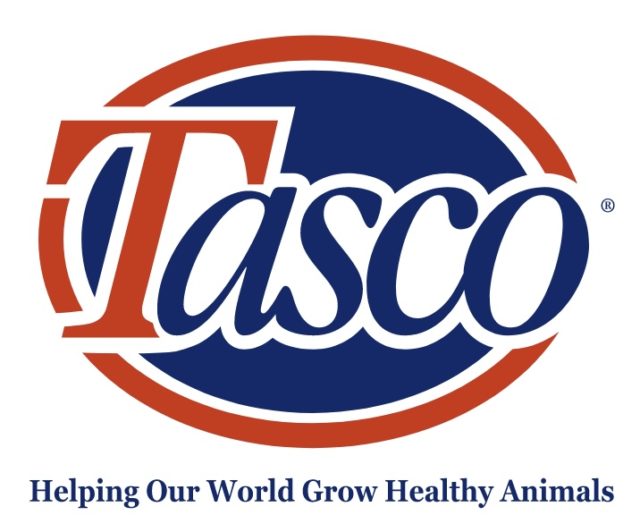Have you ever stopped and considered which you prefer, a salad bowl or a salad bar? If you get salad from a salad bowl, you reach in with the tongs and pull out whatever vegetables the chef decided to put in the salad.Let us say you don’t like onions, but the chef has included finely chopped onions; do you pick around the onions or do you not eat the salad? Have you ever tried to refrigerate leftover salad that has sliced tomatoes? The next day the salad will likely be a mess from the tomatoes. On the other hand, when you go to a restaurant with a salad bar, you can go through the offerings and put together a salad containing the items you personally want.
Building your salad
You ask, what has this got to do with forage management and forage selection on the farm or ranch? There are many categories of forages: cool-season and warm-season forages, those that are spreading and those that are bunch type. Forages can be grasses or legumes, annuals or perennials. Different species of forages also have different nutritive values based on their growth characteristics. Just like the items used to make a salad, there are lots of choices.
As we look at this concept, a producer needs to answer this question: How do I view forages? Does the grass that your livestock eat just happen, or do you view your forage species as crops to be cultivated for the end goal of supplying excellent nutrition to those animals that you use to make money?
For years, I have heard and used this quote: “Livestock producers should first consider themselves grass farmers, if they hope to be successful.” So we must adopt the same attitude as field crop producers. When they plant corn, they manage for the crop of corn to maximize production, and so must we as grass producers.
Diversity is a word that is commonly used today in relation to society. But we must also think of diversity when it comes to forages and their use and arrangement on the farm. Often, when we think forage diversity, the picture that comes to mind is lots of species growing together in a given area, i.e., a salad bowl.
There are some annuals that have enough similar characteristics that they can be used on a smaller scale for temporary grazing opportunities during a growing season. However, when we start talking about perennial forage species, many of those species have their own unique requirements that limit the number of other species that can be grown in conjunction with them. Diversity then takes on a different meaning of having many different species of forages growing in areas where they can be managed to utilize their full growth potential, i.e., the salad bar concept of forage management.
Considering other ingredients
When reading this, some will quickly ask, “What about clovers?” Clovers are a great companion planting for many grass species. Clovers have several symbiotic characteristics that benefit grass species. Clovers can help increase protein content of grazing forages. If using a tall fescue, they can help dilute the endophyte consumed by animals, while increasing the digestibility of grass. And of course, being a legume, they “fix” atmospheric nitrogen in the soil, reducing the amount of supplemental nitrogen that needs to be applied from other sources. Therefore, we consider clovers as companion plantings. But we still must answer the question, which of the species growing in a given area are we going to focus our management on?
When it comes to clovers in our pastures, many producers make the decision to protect them at all costs. Even when weed issues have become so severe that they are affecting the ability to produce a high-quality crop for livestock to eat, producers will choose not to use herbicides because it will kill clover.
Many of those producers only have a crop of wild clover, which typically does not have the greatest yield and can compete with grass. In that case, one might consider the wild clover a weed. Achieving maximum yields and quality grazing for animals may take two or more years. Getting weeds under control and then reestablishing clover with one of the many great hybrid clovers commercially available would ultimately increase the quality and yield of pastures.
Where to start
When a farm or ranch is already fully stocked with animal units, it is scary thinking about how to renovate and really make significant improvements to forage stands. Creating a diverse grazing system, that in many parts of the country can extend the grazing period significantly, is not something that can be done quickly. Producers should evaluate what they have and then set goals about where they want to be.
Make pasture renovation a four-to-seven-year plan. Do not become discouraged if weather or other challenges arise, because they will, but continue to implement the plan. Also, as you start this project, do not be afraid to evolve your original plan; new information becomes available every day.









